This afternoon I’ve found this amazing porting of Claudio made by Zihatec.
The box design is astonishing.
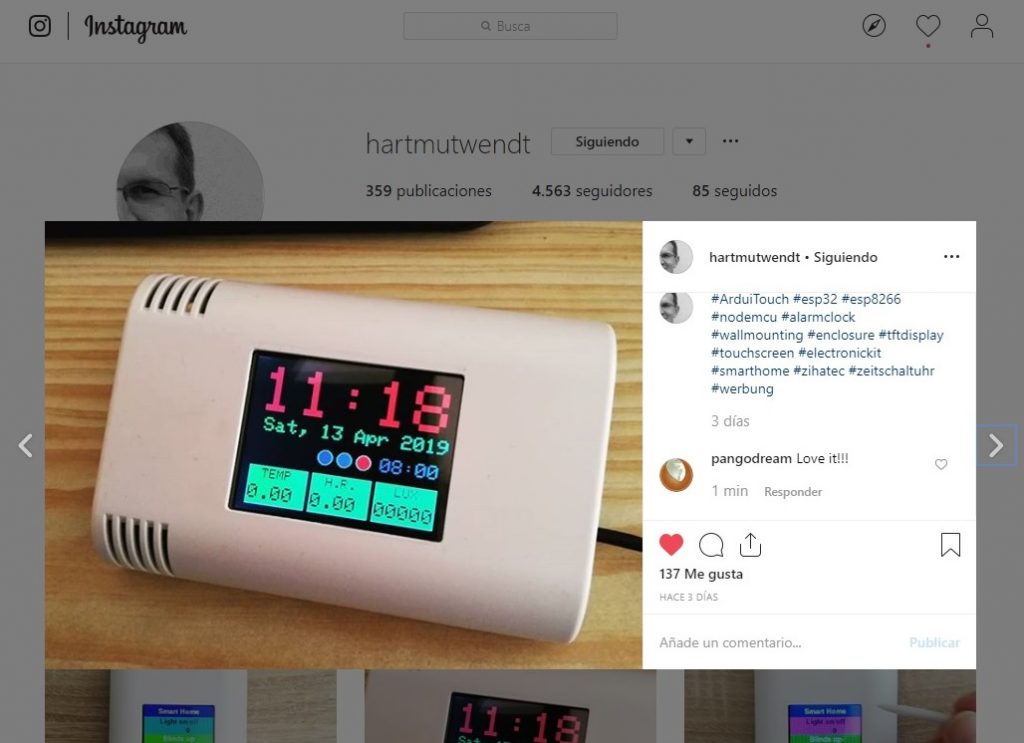
Since I was a child I loved gadgets, electronic parts, wires, opening every machine that fell into my hands.
My job is related to technology, but nothing of hardware in it, just software. I work for an advertising company and we don’t produce anything you can touch with your hands. Though I am an enthusiast of coding and designing software I am always buying cheap components, electrical instrumentation and from time to time I ‘produce’ some little things for the home, but I never have enough time to make interesting things.
During years I have been reading blog entries at hackaday.com. The things they talk about are those things I would love to be making the whole day.
Some months ago I started walking with pain in one of my feet. Things became more complicated and finally, I had surgery and had to stay at home during some months. That means a big issue for me because of my job but as someone said “problems can become opportunities” and that’s what it happened… now I have a bunch of time to think and study.
As I had a lot of components waiting for me, I decided to buy a 3D printer and make something. Three weeks ago I started thinking on an Alarm Clock and today that thing is Claudio.
Some days ago I submitted the Github repository link to hackaday.com thinking they would ignore it but they replied my email and told me their intention to publish a post about it. I felt really proud and happy.
Today they made my day. Thanks, Tom! 😀
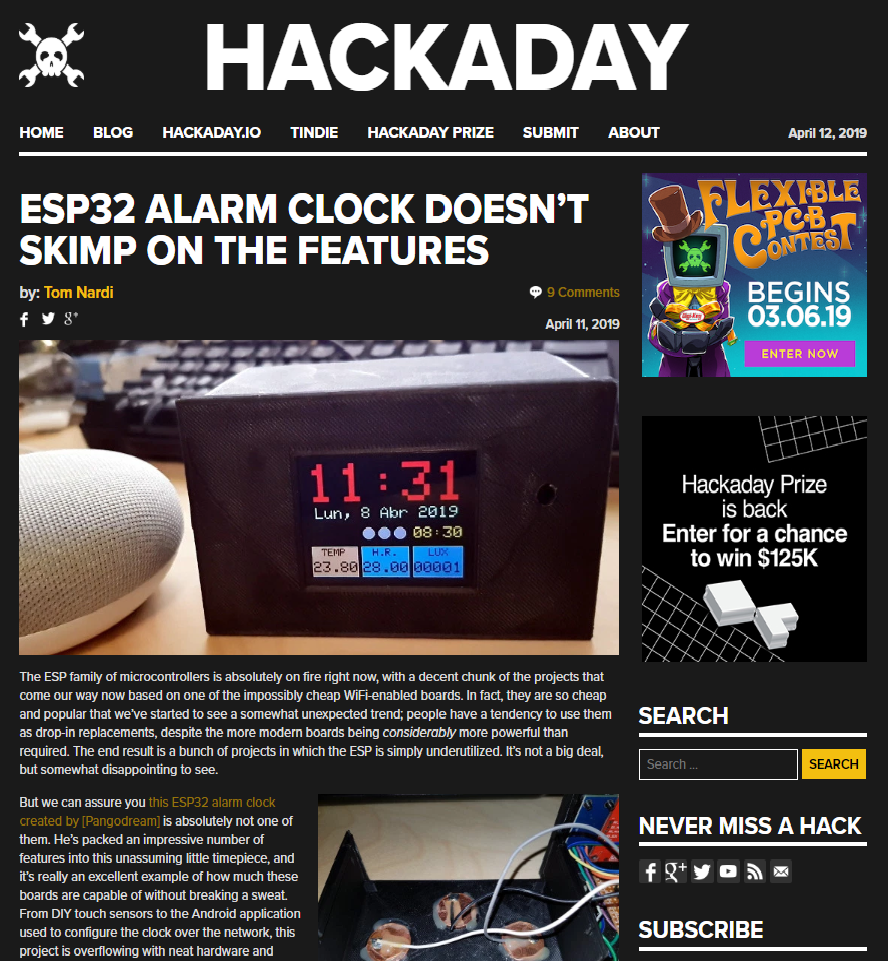
The box of the prototype consists of 4 pieces designed with Freecad to be 3D printed.
I used PLA, heating the bed up to 60ºC and the nozzle to 200ºC.
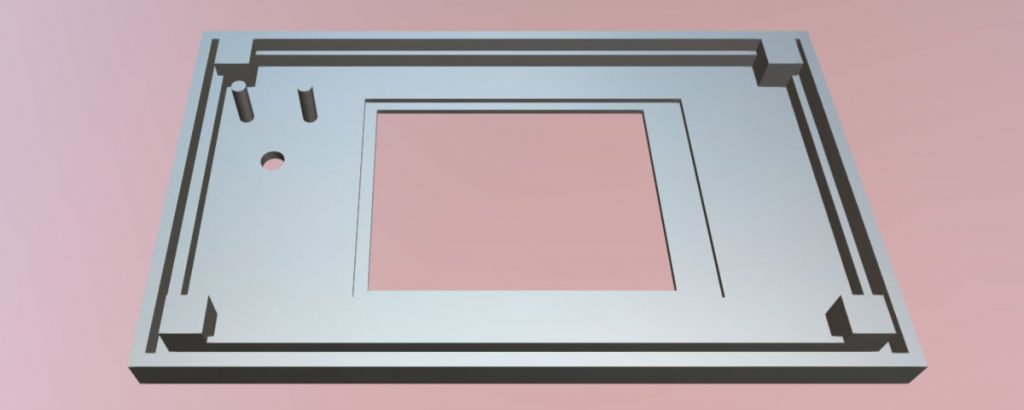
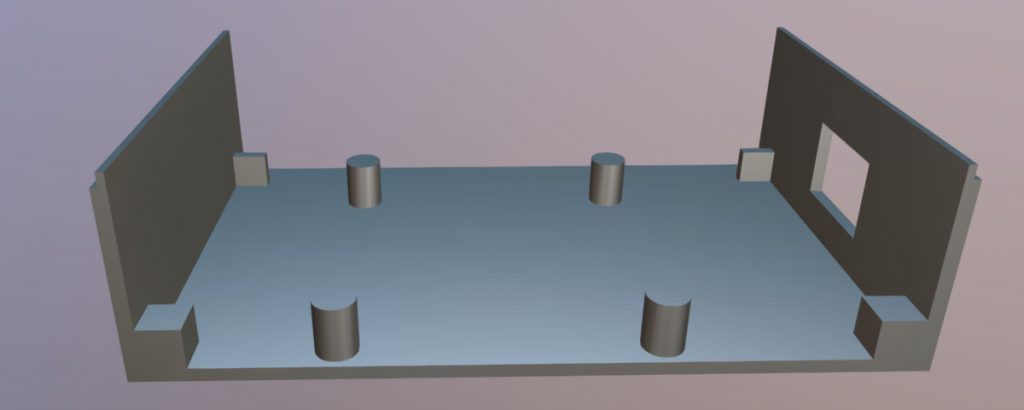
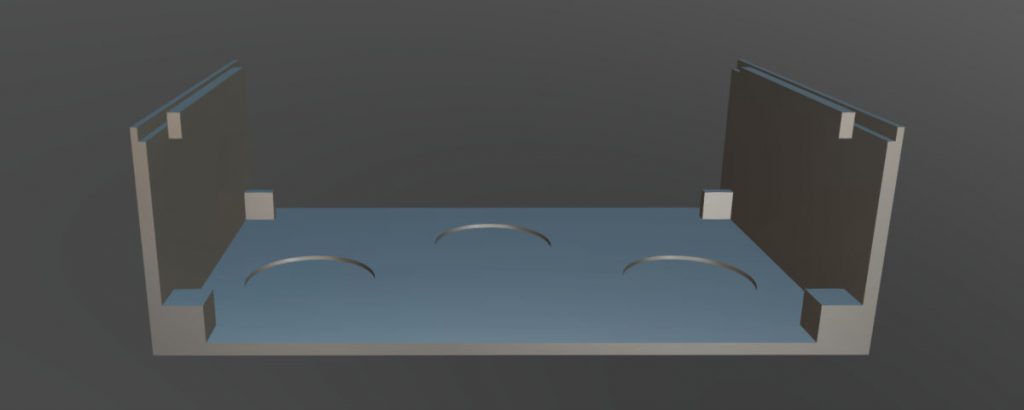
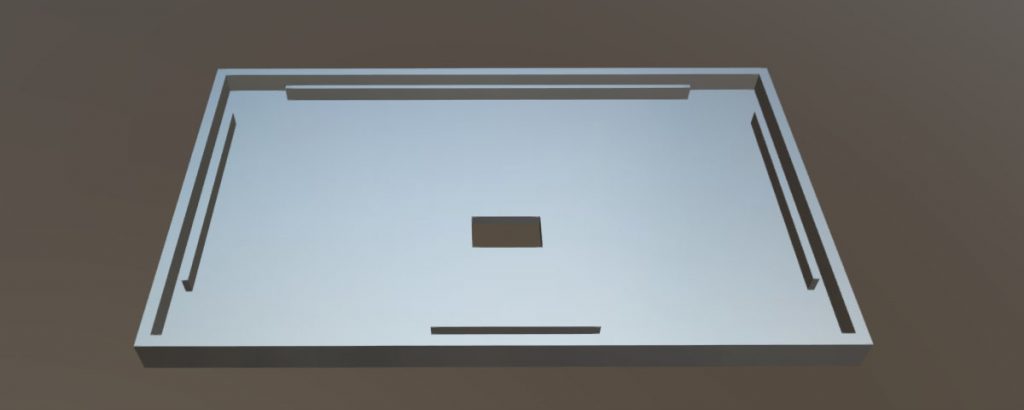
Mounting is very simple and though the design includes eight blocks at the corners to allow screwing I found it wasn’t necessary as the pieces stay together after mounting due to pressure.
The four ‘columns’ at the base allow mounting a PCB over them and some wires can pass down it.
Some more pictures follow below:
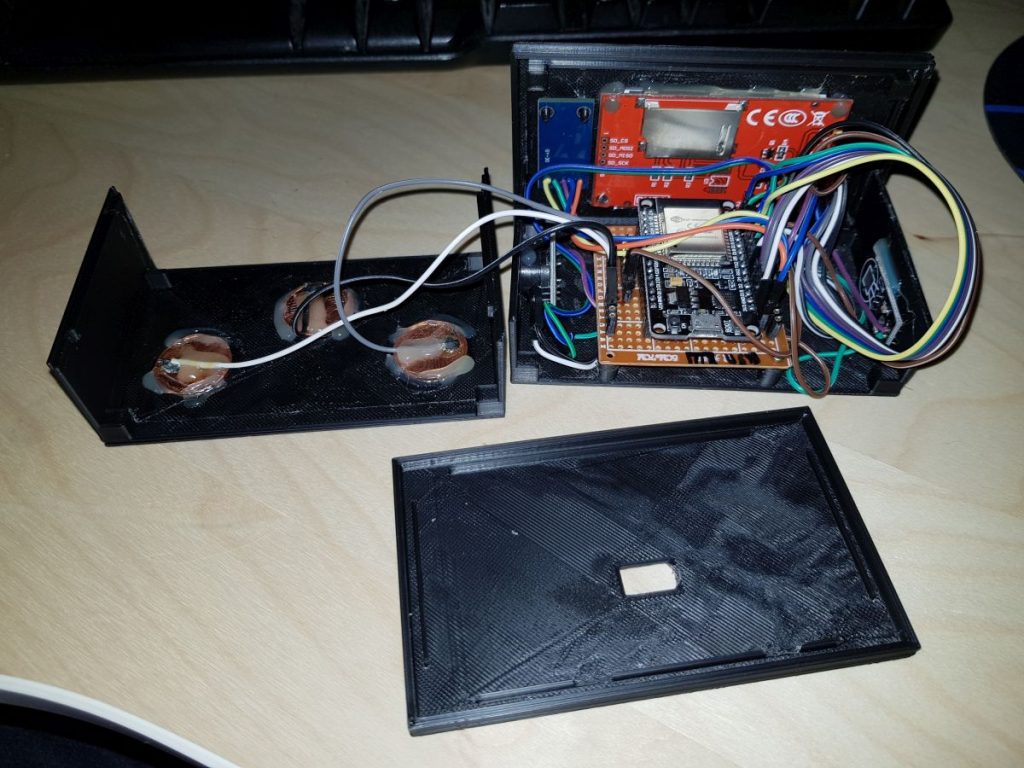
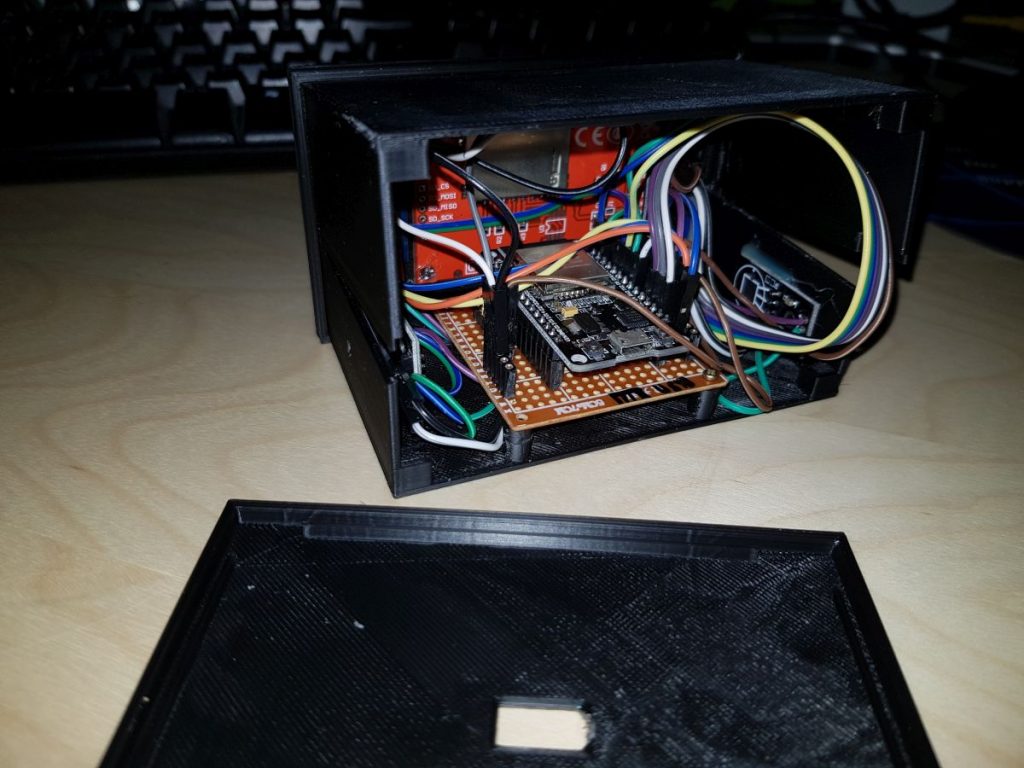
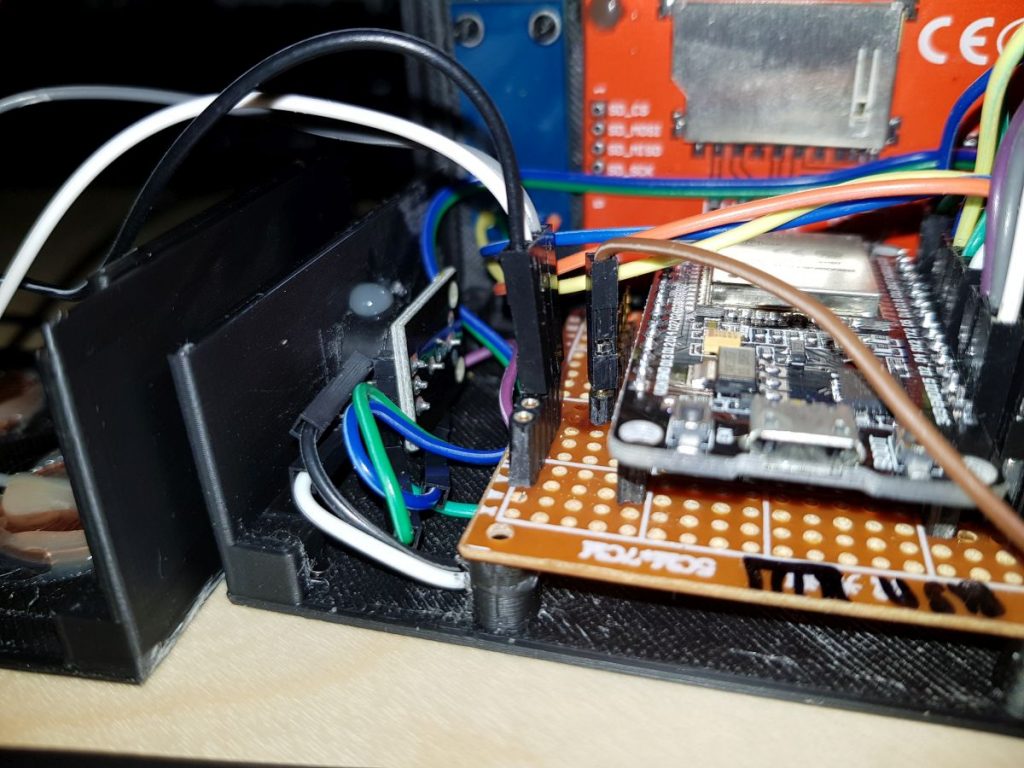
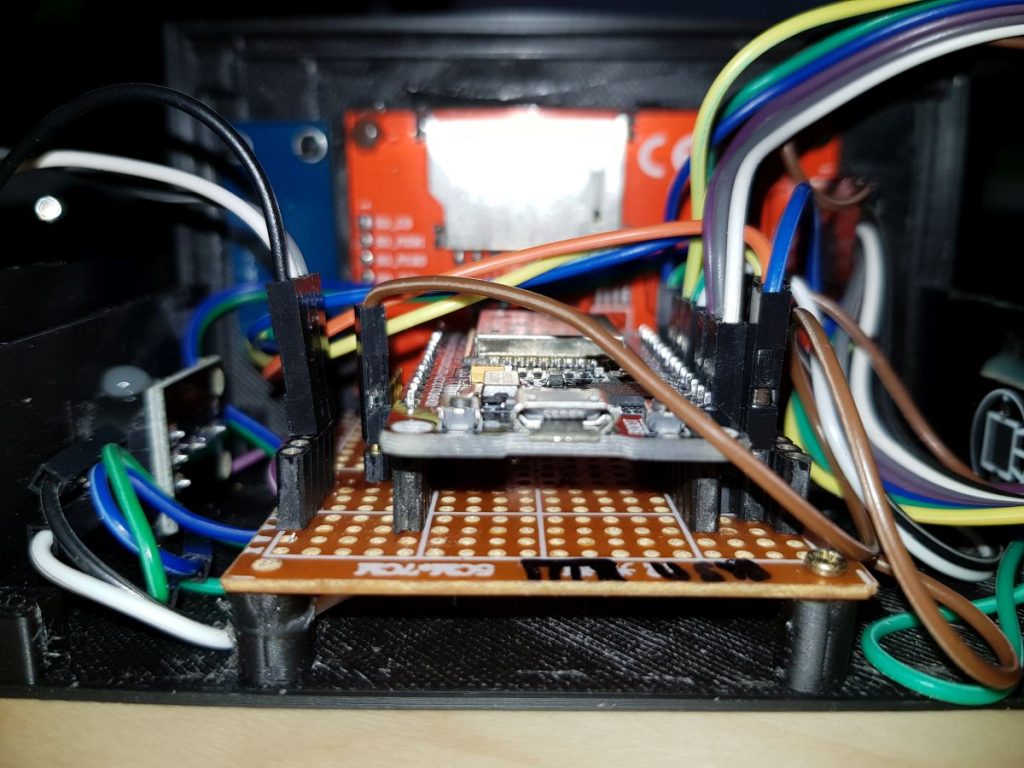
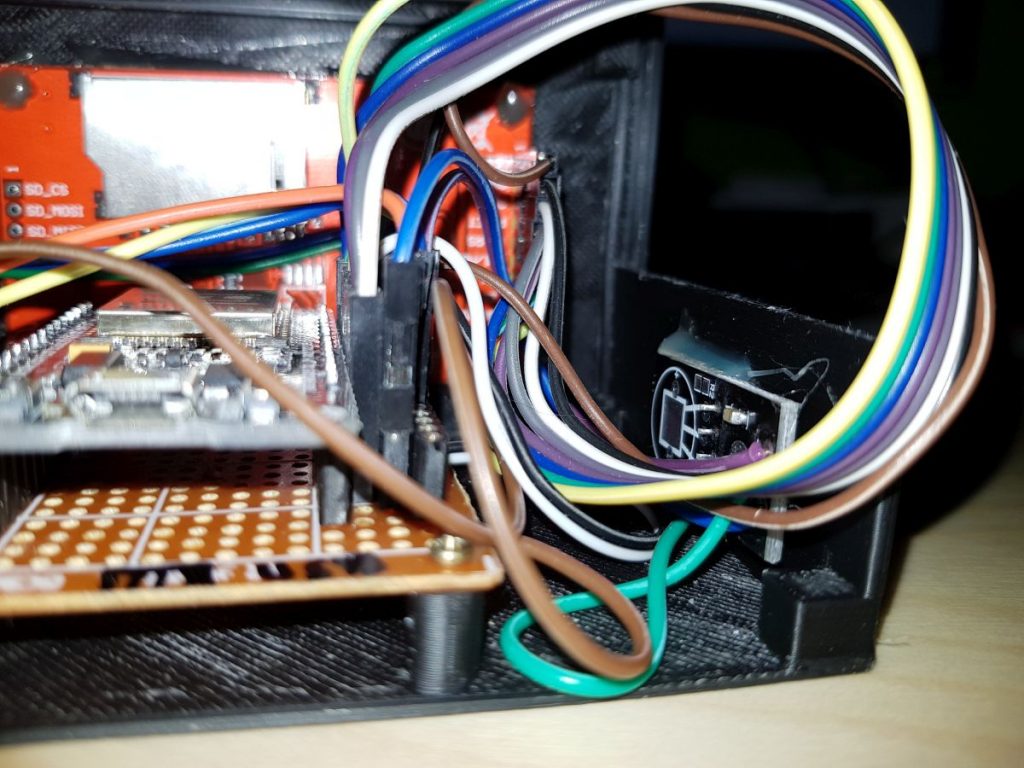
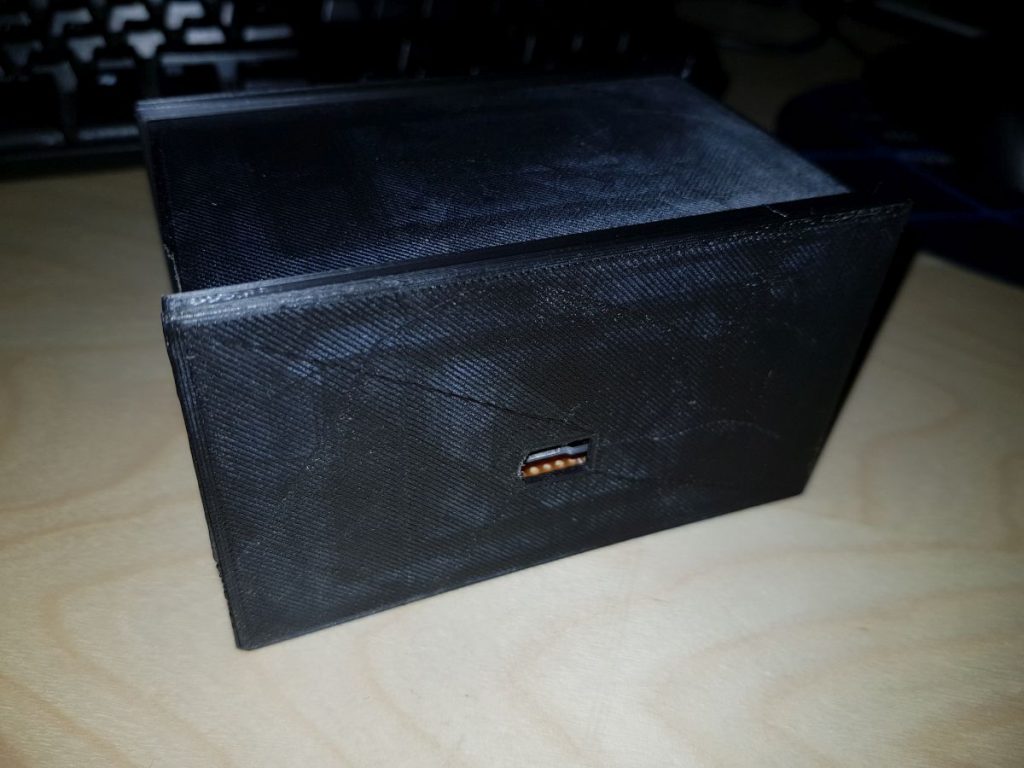
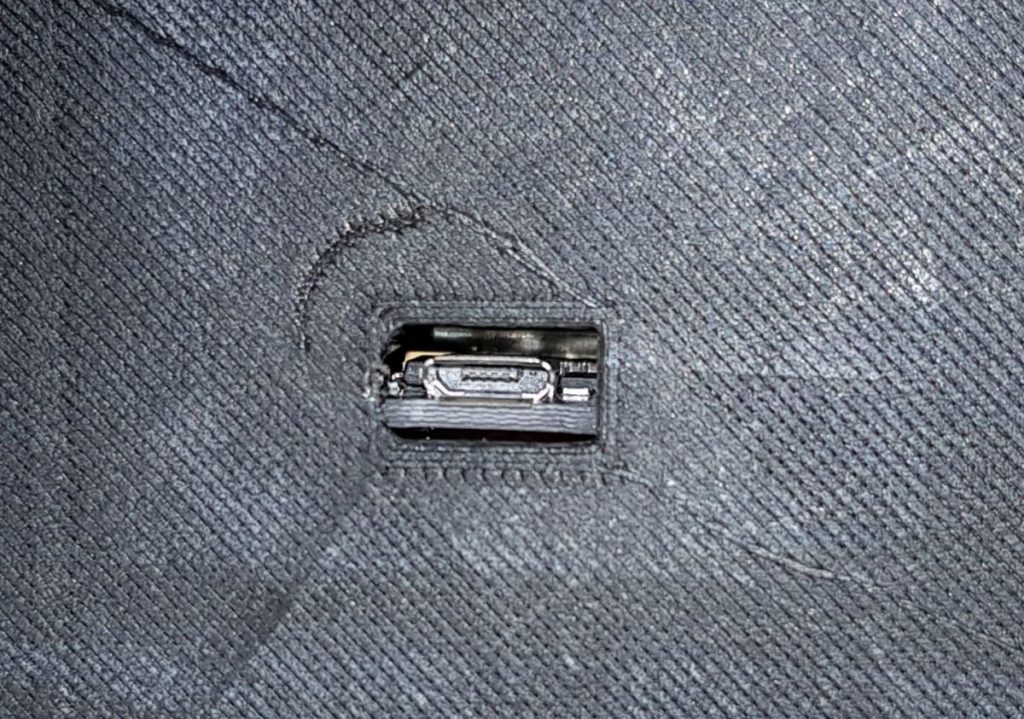
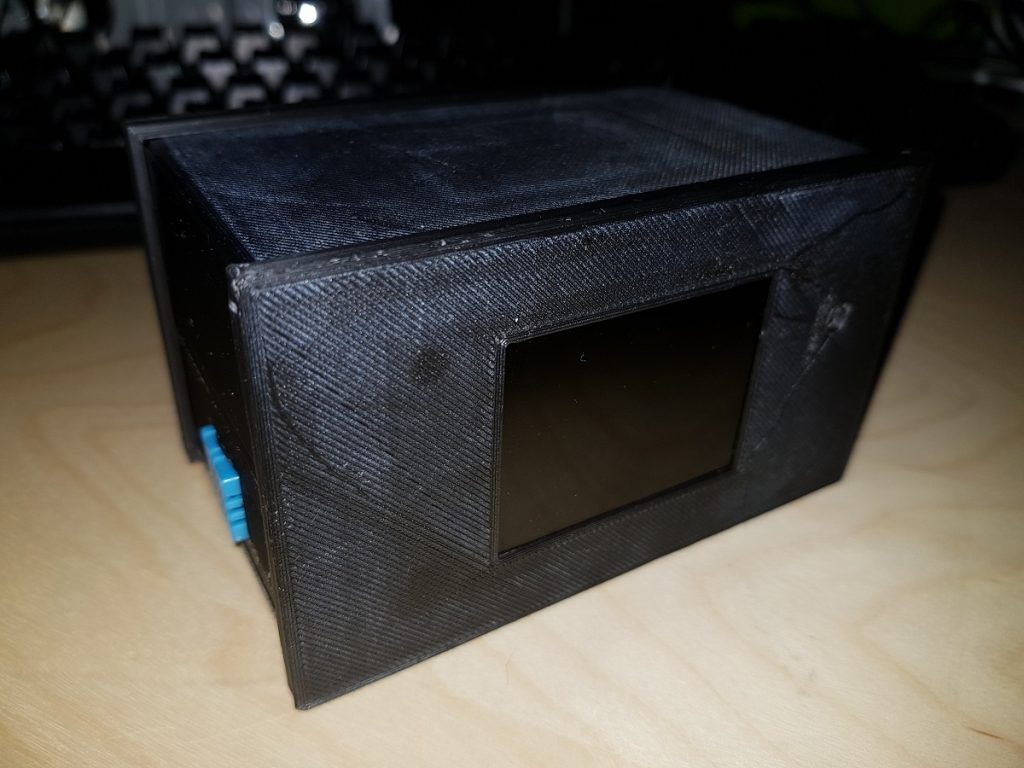
Claudio consists of just five (or six) components, the wiring between them and code. No resistors, capacitors, diodes… no discrete components apart from 3 five cents of € coins. 😉
List of components:
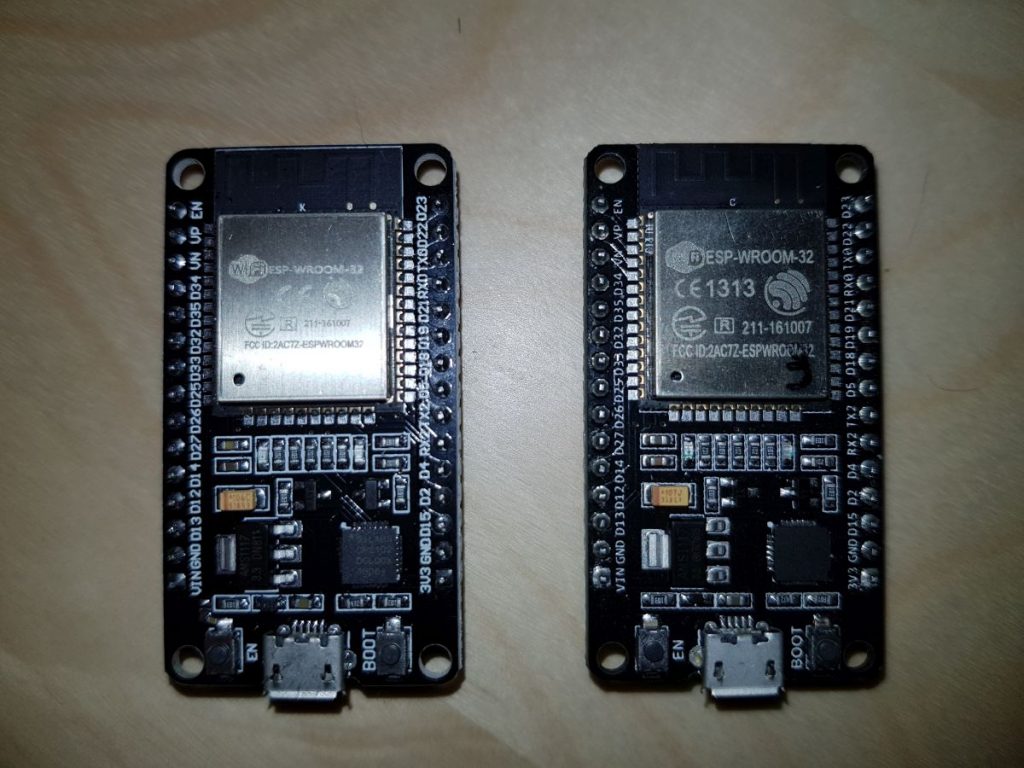
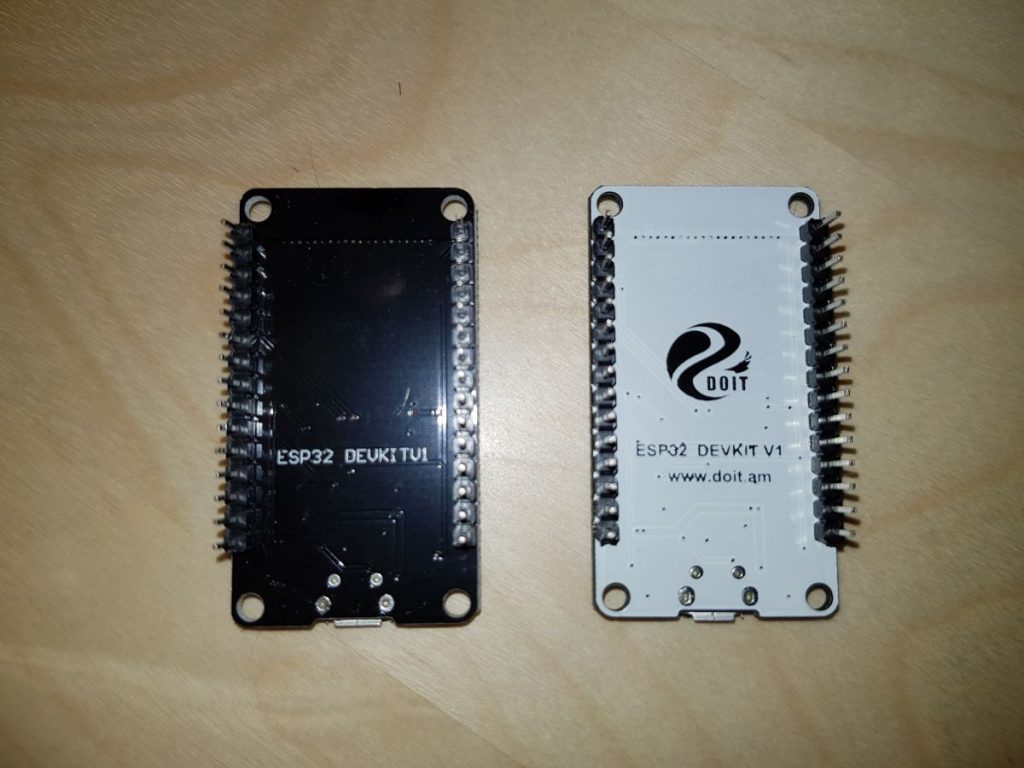
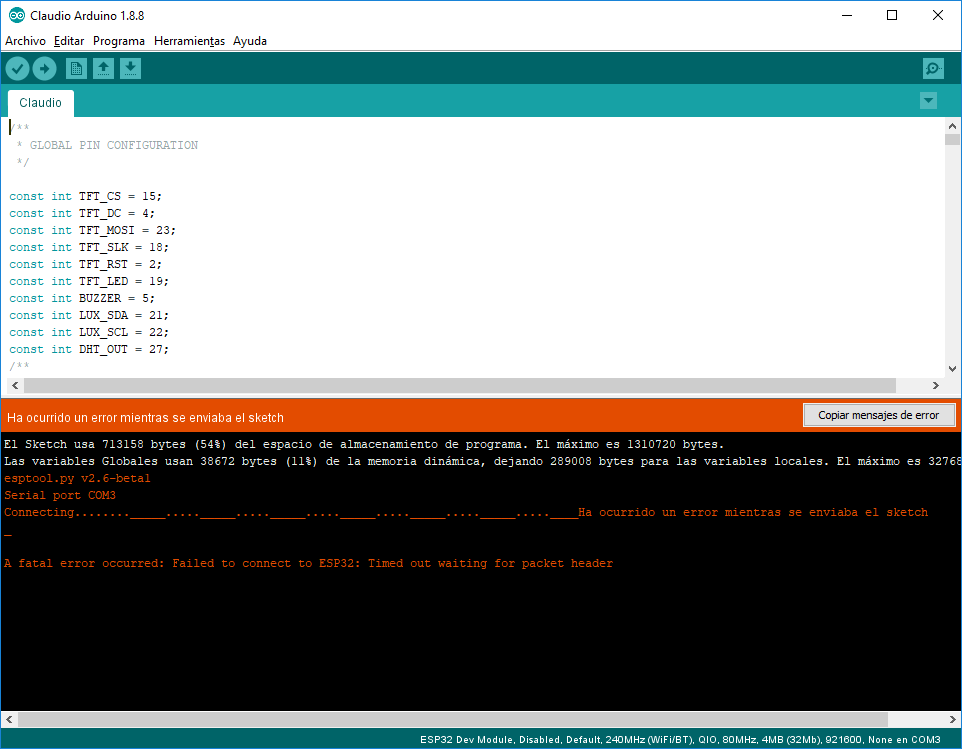
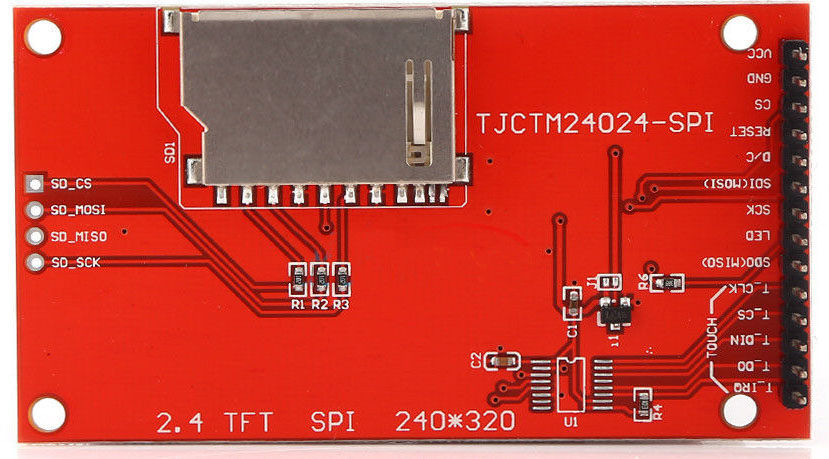
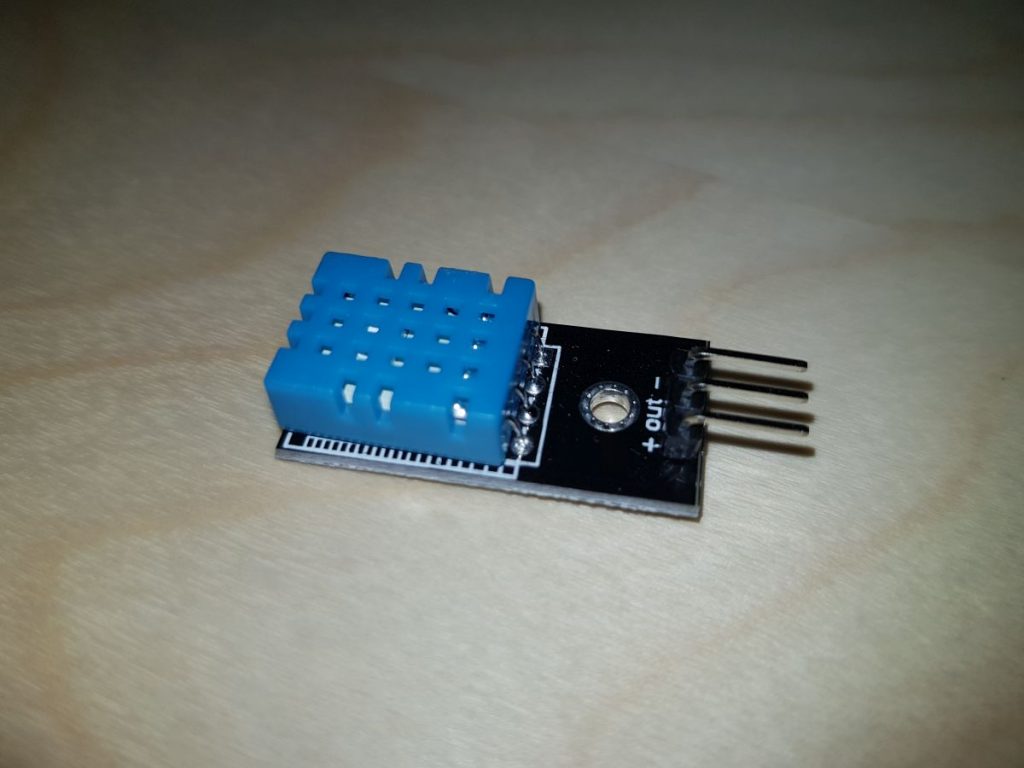
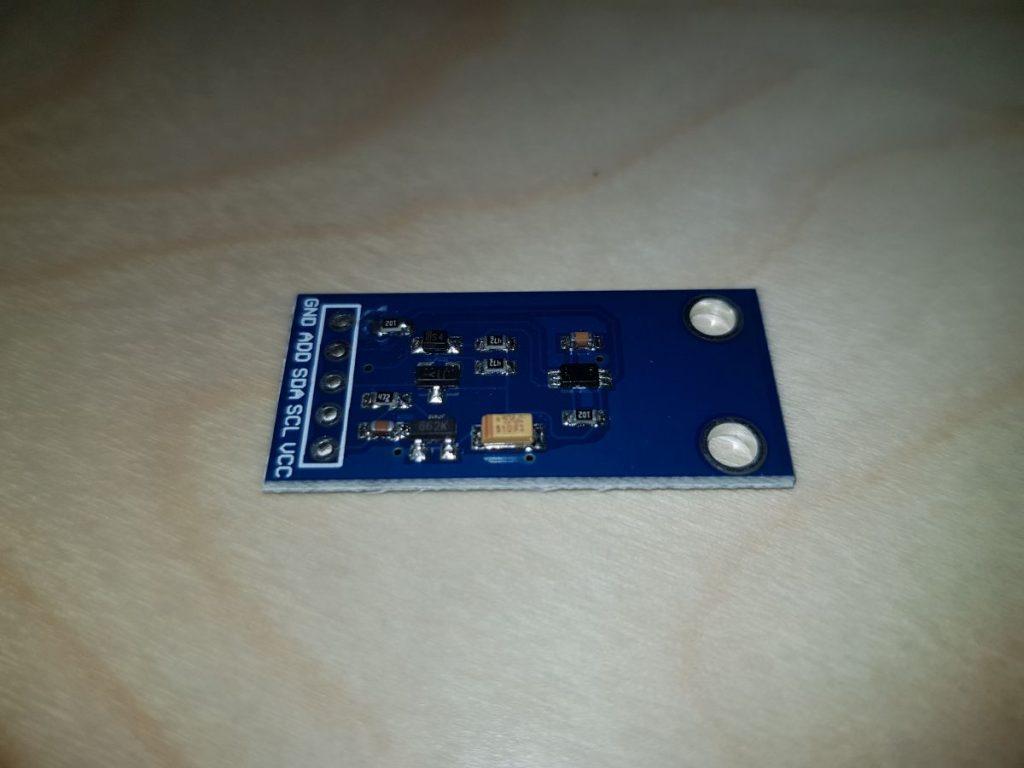
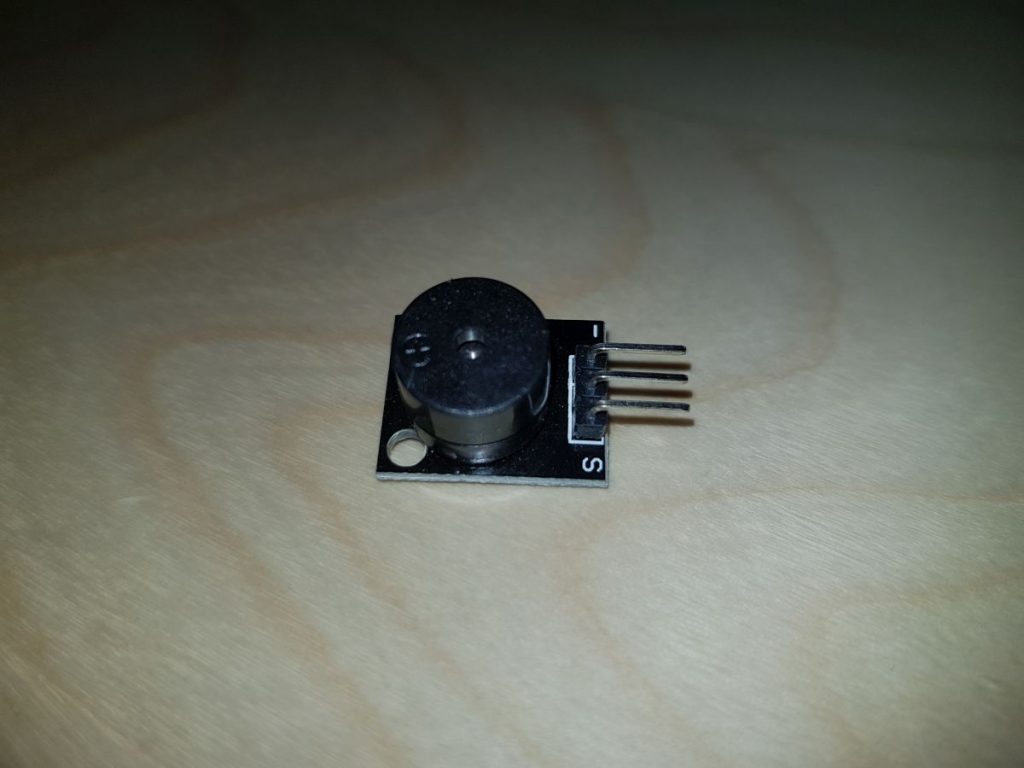
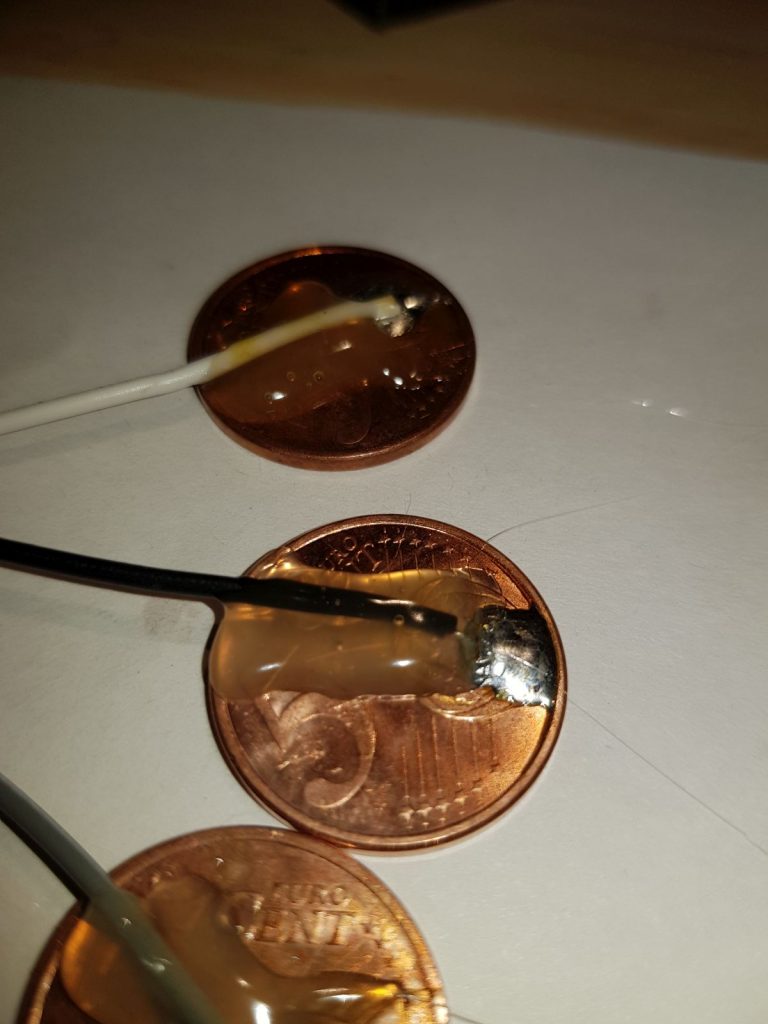
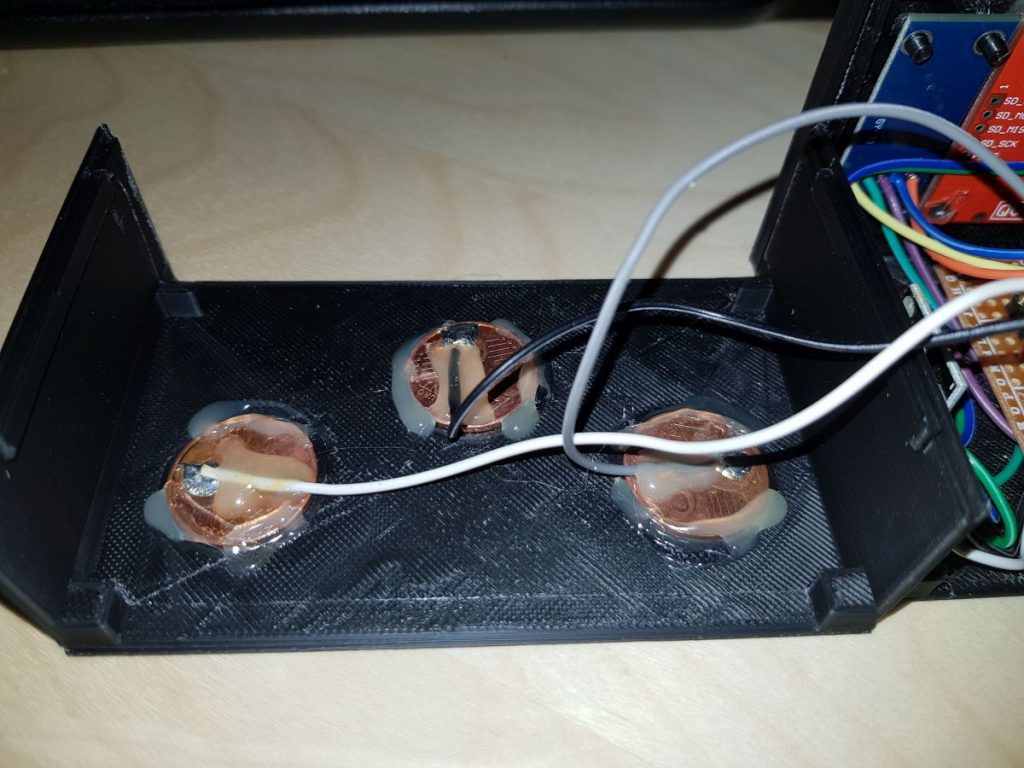
New blog and to tell you the truth, my first blog. No personal introduction, no sensitive content… 🙂
I made some basic tests with an ESP8266 a couple of years ago and I was very pleased with the board capabilities, the freshness of NODEMCU, the quick schema uploading… everything. But I didn’t like one aspect, in the same way, I didn’t like some years before about Arduino boards: connectivity.
The ESP32 arrived, WiFi and BLE connectivity, a bunch of IO pins, a lot of different pin working modes… and for someone with limited knowledge of electronic theory… a marvelous tiny thing.
Lately, I am having much more spare time that I used to have, so I decided to start doing things I always wanted to do but I never had the time to. I don’t like using my cellular for all purpose. I like WakeUp alarm clocks, but not the ones they sell. My last WakeUp alarm was a Sony, very nice, spectacular design but “who the hell designs an alarm clock supposed to be stopped while you are sleeping by pressing a tiny switch in the middle of a lot of more tiny switches? Yes, Sony” And what if I design my own Alarm Clock with that ESP32 Developer board I have? And that’s what I did.
The requirements:
The prototype:
I needed a box to fit all the components in. Perfect reason to buy my first 3D printer, and that’s what I did.
This is the screen design today… it’s evolving and probably will not be the same in a couple of days.

The box is 11cm x 65mm x 65mm and though is a bit bigger than I expected it to be I think of it as a prototype and time will bring smaller designs.

This has been only the introduction. Check out the rest of the posts to know more about the design, the code and the possibilities of ‘the creature’.